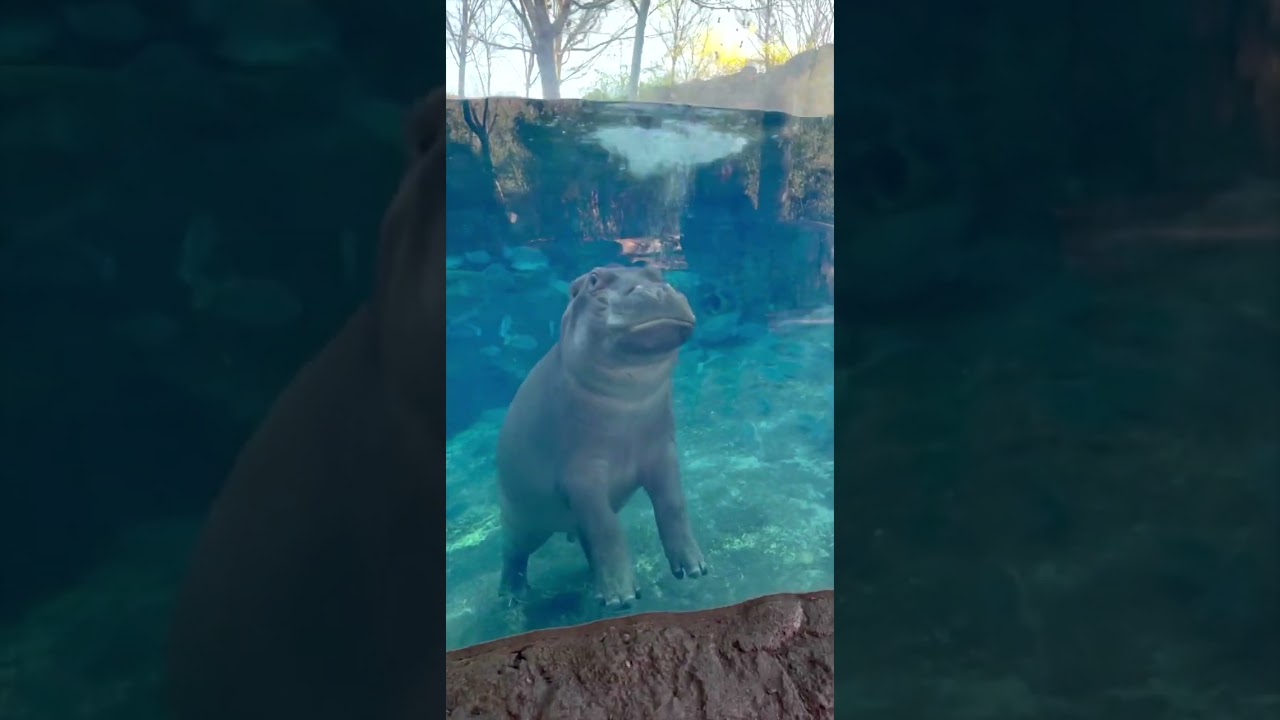– The significance of Fritz checking out zoo visitors at the Cincinnati Zoo.
– Insights into zoo management practices and how they support animal welfare.
– The critical role of public engagement in wildlife conservation efforts.
– Understanding the behaviors of zoo animals in terms of adaptation and welfare.
Fritz checking out zoo visitors at the Cincinnati Zoo has become a captivating showcase of the connection between humans and wildlife. This seemingly simple episode encompasses a wide array of elements crucial to zoo operations, animal welfare, and conservation education. Through a careful examination of this event, this article will explore these components, shedding light on the importance of such interactions in the broader context of zoological parks and environmental stewardship.
The phenomenon of Fritz, an animal resident of the Cincinnati Zoo, engaging with visitors is an isolated spectacle of curiosity and a testament to the zoo’s commitment to creating environments where animals can exhibit natural behaviors. This behavior highlights the importance of designing habitats that replicate the animal’s natural environments and stimulate their curiosity and engagement. Such practices are central to modern zoo management, aiming to support the physical and psychological well-being of the animals. Enrichment activities, including introducing novel items, scents, or puzzles into the animals’ enclosures, are significant in achieving this goal. Observing Fritz engaging with visitors underlines the effectiveness of these strategies, offering a tangible example of how well-thought-out enclosures can facilitate meaningful interactions between animals and humans.
Furthermore, Fritz’s interactions serve as a potent educational tool, drawing public attention and interest toward understanding the species and broader conservation issues. Zoos have become critical players in wildlife conservation, education, and research. When zoo visitors witness such engaging moments, it creates a unique educational opportunity, fostering an emotional connection with the animals and igniting a passion for wildlife conservation. This can encourage support for conservation projects, furthering efforts to protect endangered species and their habitats.
Public engagement, as witnessed with Fritz at the Cincinnati Zoo, is pivotal in conservation efforts. The emotional and educational impact of seeing a zoo animal up close cannot be understated. It personalizes the abstract concepts of wildlife conservation, bringing them into the immediate understanding of the visitor. Such interactions enhance visitor experience and contribute to a broader awareness and empathy for wildlife welfare and conservation challenges. By fostering a connection between visitors and animals, zoos can mobilize public support for conservation initiatives, which are crucial for the survival of many species.
From a behavioral standpoint, Fritz examining visitors can be seen as a sign of well-being, suggesting that the animal feels secure and stimulated enough to express curiosity. Animal welfare in zoos is a complex issue that involves providing not just for the physical needs of the animals, such as food, water, and medical care, but also for their psychological well-being. The behavior zoo animals display can offer insights into their welfare. Positive behaviors like playfulness, exploration, and social interactions indicate good welfare. In contrast, signs of stress or boredom, like pacing or apathy, can indicate that an animal’s needs are not fully met. Observations of Fritz’s actions towards visitors can reveal much about the effectiveness of the Cincinnati Zoo’s animal care practices.
In summary, Fritz checking out zoo visitors at the Cincinnati Zoo encapsulates the essence of modern zoo management and its multifaceted approach towards animal welfare, public engagement, and conservation education. Such moments bridge the gap between humans and wildlife, serving as powerful reminders of zoos’ responsibilities in fostering connections, educating the public, and advocating for the conservation of the natural world. Through strategic habitat design, enrichment programs, and a focus on the well-being of its residents, the Cincinnati Zoo exemplifies how zoological parks can play a crucial role in the conservation and understanding of wildlife. Engaging zoo visitors enhances their experience and enlightens them on the importance of protecting these magnificent creatures and their ecosystems for future generations.
*****
Source Description
Baby hippo Fritz loves looking at the people looking at him! This great video is brought to you by Great American Insurance Group. #shorts
http://support.cincinnatizoo.org/donate
Subscribe: https://www.youtube.com/user/CincinnatiZooTube/featured
Facebook: https://www.facebook.com/cincinnatizoo/
Twitter: https://twitter.com/CincinnatiZoo
Instagram: https://www.instagram.com/cincinnatizoo/
Find out more at http://www.cincinnatizoo.org


